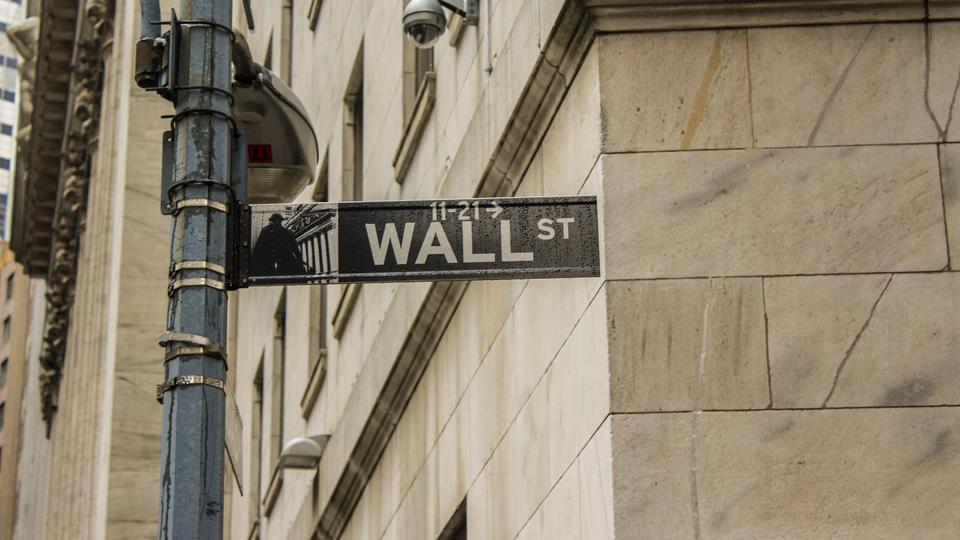
Stock and Bond Markets Respond Very Differently to Earnings Information
The difference is in the way trading takes place on each type of market.
Based on research by Stefan Huber (former Rice Business professor), Chongho Kim (Seoul National) and Edward M. Watts (Yale)
Key findings:
- Unlike stock markets, corporate bond markets see decreased transaction costs and improved liquidity around earnings announcements, with bid-ask spreads dropping by 6-7%.
- This difference is due to the over-the-counter nature of bond markets, where more trading activity makes it easier to find counterparties and negotiate better prices.
- The study challenges the assumption that information asymmetry always increases trading costs, highlighting the importance of considering search and bargaining frictions in OTC markets.
At the end of every quarter, publicly traded companies announce their profits and losses in an earnings report. These updates provide insight into a company’s performance and, in theory, give investors and shareholders clarity on whether to buy, sell or hold. If earnings are good, the stock price may soar. If they’re down, the price might plunge.
However, the implications for the stock price may not be immediately clear to all investors. In the face of this uncertainty, sellers will ask for high prices, and buyers will offer low ones, creating a significant “bid-ask spread.” When this happens, it becomes more costly to trade, and the stock becomes less liquid.
This is a well-documented effect on equity stock markets. However, according to research by Stefan Huber (Rice Business), Chongho Kim (Seoul National University) and Edward M. Watts (Yale SOM), the corporate bond market responds differently to earnings news. This is because bond markets differ from stock markets in a significant way.
Stocks v. Bonds: What Happens When Earnings Are Announced?
Equities are usually traded on centralized exchanges (e.g., New York Stock Exchange). The exchange automatically queues up buyers and sellers according to the quote they’ve entered. Trades are executed electronically, and the parties involved are typically anonymous. A prospective buyer might purchase Microsoft shares from someone drawing down their 401(k) — or they could be buying from Bill Gates himself.
Corporate bond markets work differently. They are “over-the-counter” (OTC) markets, meaning a buyer or seller needs to find a counterparty to trade with. This involves getting quotes from and negotiating with potential counterparties. This is an inherent friction in bond trading that results in much higher costs of trading in the form of wider bid-ask spreads.
Here’s what Huber and his colleagues learned from the research: Earnings announcements prompt many investors to trade. And on OTC markets, potential buyers and sellers become easier to find and negotiate with.
A Stronger Bargaining Position for Bonds
According to Huber, “When earnings information comes out, a lot of people want to trade. In bond markets, that makes it much easier to find someone to trade with. The more options you have to trade, the stronger your bargaining position becomes, and the lower your trading costs go.”
He compares the process to shopping in a market with a flexible approach to pricing.
“Let's say you're at a farmers market and you want to buy an apple,” Huber says. “If there is only one seller, you buy the apple from that person. They can ask for whatever price they want. But if there are multiple sellers, you can ask around, and there is potential to get a better price. The price you get depends on the number of options you have in trading partners.”
What’s at Stake?
Although bonds receive less attention than equities, the stakes are high. There is about $10 trillion in outstanding corporate debt in the U.S., and more than $34 billion in average daily trading volume.
A detailed record of bond trades is available from the Financial Industry Regulatory Authority (FINRA), which requires that trades be reported via their Trade Reporting and Compliance Engine (TRACE). The study from Huber and co-authors uses an enhanced version of TRACE to examine trades executed between 2002 and 2020. The team analyzed the thirty-day periods before and after earnings announcements to gather data about volume, bid-ask spreads and other measures of liquidity.
They find that, like on the stock market, there are more investors and broker-dealers trading bonds around earnings announcements. However, unlike on the stock market, transaction costs for bonds decrease by 6-7% in the form of bid-ask spreads.
What Sets This Research Apart?
“Taking a purely information asymmetry-based view would predict that what happens to stock liquidity would also happen to bonds,” Huber says. “A piece of information drops, and some people are better able to work with it, so others price protect, and bid-ask spreads and the cost of trading go up.”
“But if you consider the search and bargaining frictions in bond markets, you get a more nuanced picture. While information asymmetry increases, like it does on stock markets, the information prompts more investors into bond trading, which makes it easier to find counterparties and get better transaction prices. Consequently, bid-ask spreads go down. This search and bargaining friction does not really exist on equities exchanges. But we cannot ignore it in OTC markets.”
As corporate debt markets continue to grow in importance, it will become crucial for investors and regulators to understand the nuanced factors influencing their liquidity. This study provides a solid foundation for future research.
Huber, Kim, and Watts (2024). “Earnings News and Over-the-Counter Markets.” Journal of Accounting Research.
Never Miss A Story



